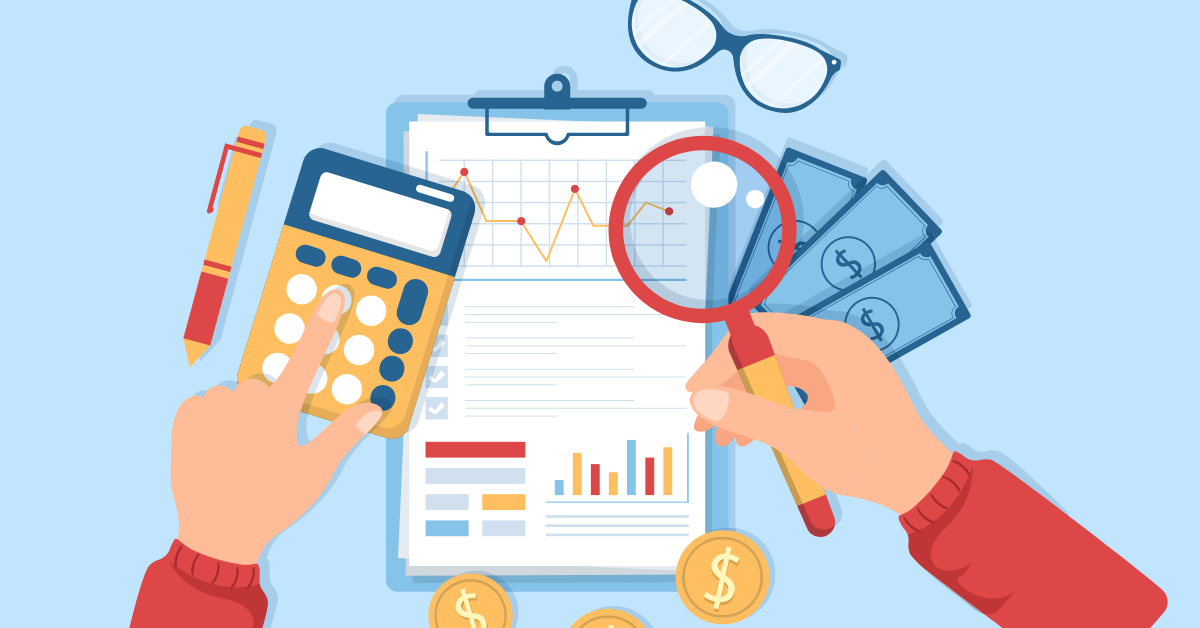
ELSS, which stands for Equity Linked Savings Scheme, is a unique and popular investment avenue in India, known for its dual benefits of tax savings and wealth creation. These mutual funds combine the potential for significant capital appreciation with tax advantages.
These funds are specially designed to help you save on income tax while building long-term wealth through equity investments. In this article, let’s understand the factors to consider before investing in these funds. So you can make informed financial decisions.
Things to Know Before You Invest in ELSS Funds
Composition of Assets in ELSS Funds
In ELSS funds, the fund manager is mandated to invest a minimum of 80% of the fund’s assets in equity and equity-related instruments. The remaining portion can be directed towards fixed-income or money market instruments based on the fund’s chosen strategy.
Additionally, fund managers have the discretion to select the types of stocks that align with the fund’s goals and risk tolerance. For instance, a High-risk ELSS fund might opt for a higher allocation of small-cap stocks, while a Medium-risk ELSS fund could focus more on large-cap stocks.
Understanding ELSS Lock-in Period
When it comes to investments that offer tax benefits under Section 80C of the Income Tax Act, a lock-in period is a common requirement. ELSS funds, however, stand out for their relatively short lock-in period of just three years.
This means you’re unable to withdraw your investments from ELSS funds before the completion of this three-year period. The purpose of this lock-in is to allow your investment to grow over time and benefit from compounding.
To put it in perspective, other Section 80C investments like PPF have a much longer lock-in of 15 years.
With its brief lock-in period and potential for market-linked returns, ELSS funds make a compelling addition to your tax-saving investment portfolio.
Don’t Overload Your Portfolio with Too Many ELSS Funds
Are you wondering if one fund is enough, or if you should consider multiple options?
When considering tax-saving investments, individuals often focus solely on tax benefits, overlooking the broader impact on their investment portfolio. As a result, you may find yourself purchasing units from a new scheme offered by a different Asset Management Company (AMC) every year.
Some investors may not even take into account factors like risk levels or other scheme details, as their primary goal is tax savings. Over time, this could lead to a situation where you accumulate multiple ELSS schemes in your portfolio. Without careful planning, this may result in an overconcentration of ELSS funds within the same category.
Lump-Sum versus SIP: Making the Right Choice
SIPs bring key advantages for investors. They allow you to invest smaller, budget-friendly amounts, coupled with the benefits of Rupee Cost Averaging (RCA). SIPs offer the flexibility to invest consistently, even as the market fluctuates.
In a bearish market, you can acquire more units of the fund due to the lower Net Asset Value (NAV). In a bullish market with higher prices, your SIP instalment buys fewer units. Over time, the cost of units is averaged out.
On the other hand, lump-sum investments require precise timing to enter the market when it’s favorable, but they involve greater risk. When you invest in a lump sum during a bull market, the fund units become quite expensive.
As a result, investing a lump sum in ELSS is generally not recommended. Many investors rush to invest in ELSS at the last minute to save on taxes, leading them to opt for lump-sum investments without considering market trends.
A wiser approach is to plan ahead at the start of the financial year and opt for SIP investments, allowing you to save on taxes and invest at an average cost.
Consider Investing in ELSS Funds via SIP
In the case of ELSS funds, the lock-in period applies to every purchase, even if you choose a monthly SIP. Here’s an example:
| Instalments | Amount | Beginning Period | End Period |
| Instalments 1 | ₹10,000 | January 01, 2023 | January 01, 2026 |
| Instalments 2 | ₹10,000 | February 01, 2023 | February 01, 2026 |
| Instalments 3 | ₹10,000 | March 01, 2023 | March 01, 2026 |
| Instalments 4 | ₹10,000 | April 01, 2023 | April 01, 2026 |
| …. | …. | …. | …. |
This means that each monthly investment has its own three-year lock-in period, starting from the month of investment.
Growth & Dividend Choices
When considering ELSS investments, you face a choice between growth and dividend options. Under the dividend option, you receive periodic payouts throughout your ELSS investment period.
On the other hand, the growth option reinvests dividends to accumulate more units and promote capital growth. Reinvested dividends increase the Net Asset Value (NAV) of units, potentially enhancing investor profits, particularly in favourable market conditions.
Taxation Considerations
With ELSS, your units are subject to a 3-year lock-in period, making the resulting capital gains eligible for Long Term Capital Gains (LTCG) taxation. LTCG from equity funds enjoys tax exemption up to ₹1,00,000, and any amount exceeding this limit is subject to a 10% tax.
This means you can benefit from a double advantage: you get tax exemption up to ₹1.5 lakh each year as long as you stay invested, and upon redemption, your gains remain tax-free for up to ₹1 lakh.
Varying Risk Levels
ELSS funds predominantly put money into stocks and related instruments, which exposes them to risks similar to those found in the stock market. But remember, not every ELSS fund automatically carries a high level of risk.
Fund managers offer a selection of ELSS funds with diverse risk profiles to suit a range of investor preferences. Be aware that greater risks can often lead to the possibility of higher returns.
When selecting your investments, be sure they align with your financial goals and investment strategy.
Entry & Exit Load
These funds come without any entry or exit charges.
Final Thoughts
In summary, ELSS, or Equity Linked Savings Schemes, offer Indians a unique path to tax savings and wealth building. Important considerations include asset composition, the short lock-in period, and the need to avoid overloading your portfolio with ELSS funds.
Opting for systematic investment plans (SIPs) is often wiser than lump-sum investments. ELSS funds cater to various risk preferences, and the best part is that there are no entry or exit fees, making them a hassle-free choice for you.
FAQs
Investing in ELSS can get you a tax rebate of up to ₹1,50,000 annually, potentially saving you ₹ 46,800 in taxes. ELSS is the only type of mutual fund that qualifies for tax benefits under Section 80C. Investing more than ₹1,50,000 lakhs is allowed, but you won’t receive tax benefits on amounts exceeding ₹1,50,000 lakhs.
ELSS funds differ from other mutual funds because they have a mandatory lock-in period of three years, and they offer tax benefits, making them popular for tax planning.
You can track the performance of your ELSS
investments through the fund house’s website,
financial news portals, or by consulting your
financial advisor.


















